Reviews based on MoneyPlus Advice customers.
Why choose us?
Unlike the vast majority of firms out there, we are fully authorised and regulated to advise you on all the solutions available – so with us you will know you are getting the right advice for your situation. And, if you decide not to proceed with us, there won’t be any charges for our services.
IVA Company is a trading style of MoneyPlus Group (07310059). who are authorised and regulated by the Financial Conduct Authority. IVA Company and MoneyPlus Advice refer customers to MoneyPlus Insolvency Limited for Individual Voluntary Arrangements and Protected Trust Deeds.
Example IVA
Before an IVA David owed:
| Overdraft | £2,000 |
| Loans | £9,000 |
| Credit cards | £12,000 |
| HMRC | £2,000 |
| Total debts | £25,000 |
| Total paid into IVA | £8,400 |
| Total fees paid | £4,200 |
| Total paid to creditors | £4,200 |
£20,800
Total written off (83%)
The amount of debt written off is dependent on your circumstances. Payments are discussed with you at a level you can afford, subject to creditor acceptance.
Customer monthly repayments before and after taking an IVA.
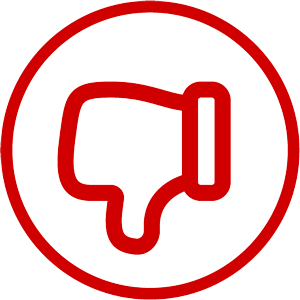

Before IVA
£750
On an IVA
£140
IVA Benefits
Interest & charges
Interest & Charges are frozen meaning debt does not increase.
Assets
Your home, vehicles and other assets are protected.
Contact
Creditors cannot contact you once the IVA is approved.
Debt write off
Once completed, creditors will write off any debts included in the IVA, with some exceptions e.g. student loan debts.
Legal protection
Creditors cannot take or continue any further legal action.
Affordability
Your payments are set at a level you can afford, following a detailed assessment.

IVA Drawbacks
Creditor acceptance
Creditors must receive legal notice to consider your IVA Proposal, we give creditors at least 16 days notice.
Insolvency register
As with a Debt Relief Order or Bankruptcy, an IVA is entered on the Insolvency Register which is accessible to the public.
Property
If you are a homeowner, then you may be asked to release equity from your property to repay creditors. If you cannot do this, then your IVA could be extended by 12 months.
IVA failure
Should your IVA fail you will no longer have the protection from creditors, creditors will be allowed to contact you and resume adding interest and charges.
Credit rating
As with most debt solutions such as Debt Relief Order, Debt Management Plan or Bankruptcy, an IVA will affect your credit rating.
Payments
Your payments are subject to review each year to ensure your IVA remains affordable. If you can afford to pay more, you will be expected to do so.

How do I apply for an IVA?
Step 1
Get in touch
Talk to one of our trained advisors who will take some details to understand your income, expenditure, debts and assets.
Step 2
Explore your options
We’ll review your situation to see which solutions are available and recommend the best option for you, the final decision is up to you.
Step 3
Choose a plan
Once you’ve reviewed your options it’s time to choose a solution. If that’s an IVA we’ll talk you through the process and get your application started.
What is an IVA?
An Individual Voluntary Arrangement (IVA) is an agreement reached between you and your creditors to repay the money you owe to your creditors over a set period of time at an affordable amount.
IVAs are formal and legally binding. Once you enter one, your creditors aren’t permitted to contact you directly. Instead, all contact will be through Insolvency Practitioner (IP).
After making repayments for a set period of time, usually 5 or 6 years, any remaining debt is officially written off, with some exceptions.
Is an IVA right for me?
If you have debts exceeding £6,000 and a stable monthly income, but you‘re struggling to make your monthly repayments, then an IVA could allow you to manage your debts with a more affordable, set monthly amount.
When should I consider an IVA?
An IVA could be right for you if you are:
- Worrying about money
- Struggling to pay your household bills
- Concerned about creditor contact
- Relying on your overdraft or credit card
- Missing repayments or getting into arrears

What debts does an IVA cover?

Buy now, pay later

Overdrafts
Credit cards
Store cards
Council Tax
Utility arrears

Payday loans

Bank loans

MoneyPlus Insolvency are proud members of the Insolvency Practitioners Association (IPA) Volume Provider Regulation Scheme.

